Top 5 Running Drills
Running may seem very straightforward, but even for experienced runners there are many technical aspects that can be improved upon. While there is some debate about how important good running technique really is, the reality is most of us stand to improve performance by working our technique. For an overview of what good running technique involves, see this article. Good technique improves efficiency and therefore performance but is also key for injury prevention. In this blog, we’ve outlined our top 5 running drills to help you improve your running form so you can run better and have less injuries.
Arm drive
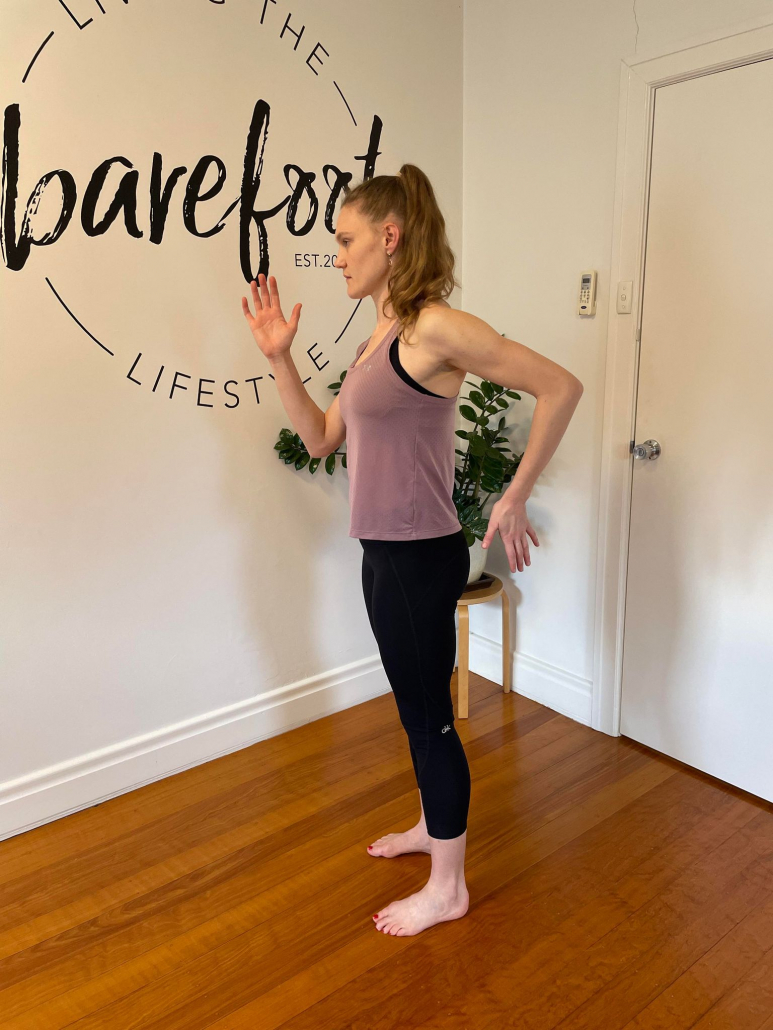
One of the top 5 running drills is arm drive. Often overlooked, efficient arm drive is very important for running performance as the arms can influence what the legs are doing. Standing in front of a mirror for feedback, focus on swinging you arms back (alternating sides). You’ll notice that when you drive them back with force, they naturally come forward without extra effort. Make sure your arms are going straight back – not across the body as this is wasted energy. You also want to make sure your shoulders stay down and relaxed. You can start slow, focusing on achieving the right position and then increase the speed which will also challenge your core strength. Aim for 30-60 second efforts.
Ankling
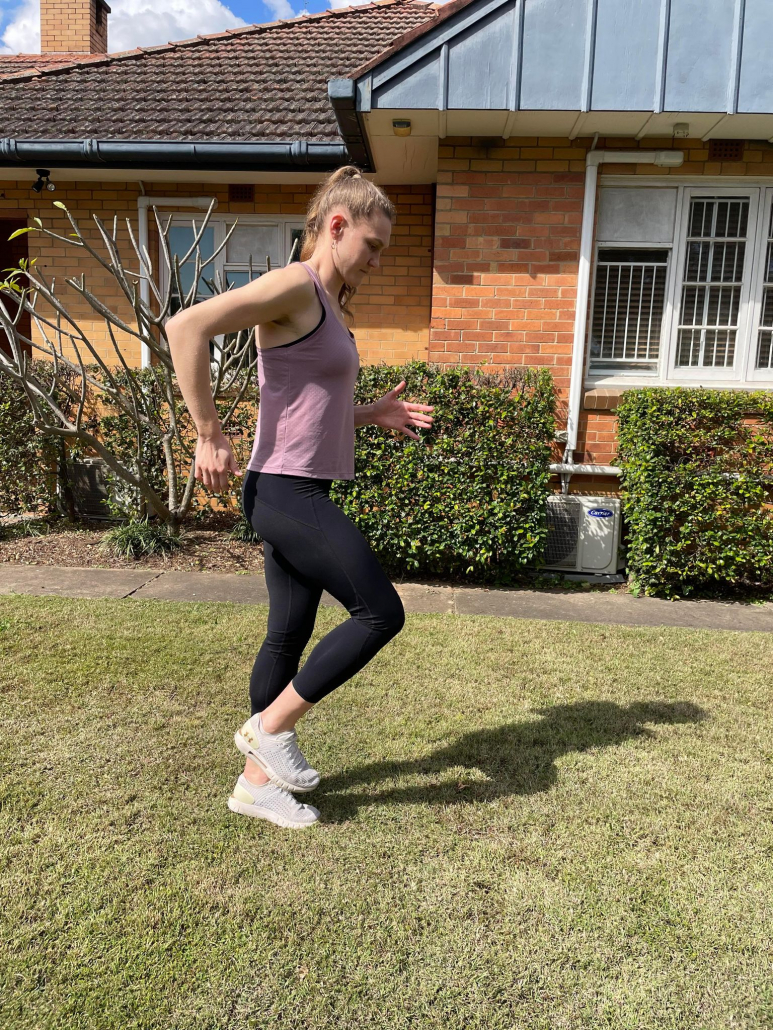
This drill focuses on a key component of efficient running technique which is to keep the toes up (dorsiflexed) and aim to land on the mid or forefoot (not the heel). Taking small steps over the other ankle, the focus is on the foot position as mentioned above. You should also aim to have overall good posture and a strong arm drive. 10m efforts are ideal for this drill.
Wall knee drive
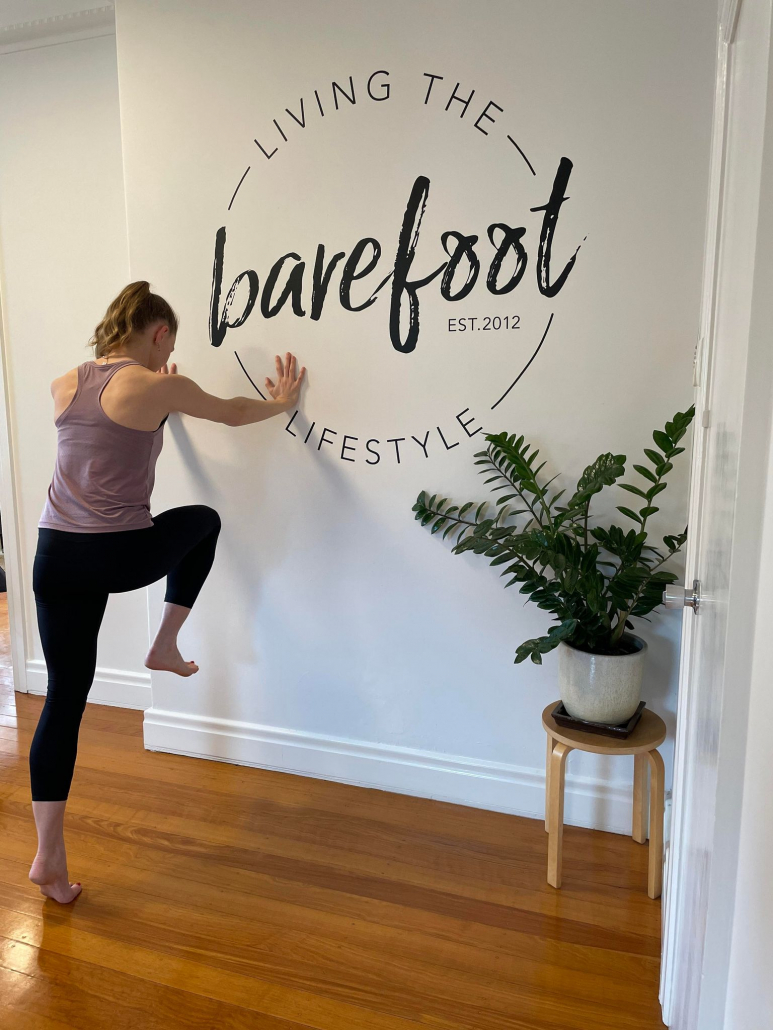
A slight forward lean improves running efficiency and reduces overall forces on the body. This running exercise helps encourage an ideal body position while also practicing efficient leg mechanics. Place hands on the wall then take one step backwards (so fingers can only just touch the wall) and rise up onto toes and lean forward into the wall. Once you are in this forward lean position, bring one knee up and forwards (your heel should come to your buttocks) before extending your leg down towards the ground. Your foot should hit the ground right underneath you then repeat on the other leg. This running drill can be progressed by slowly stepping through one leg at a time or adding a small hop by lifting up the second leg before the first one has completely touched down. Complete 10-20 reps per leg.
Ladder or mini hurdles
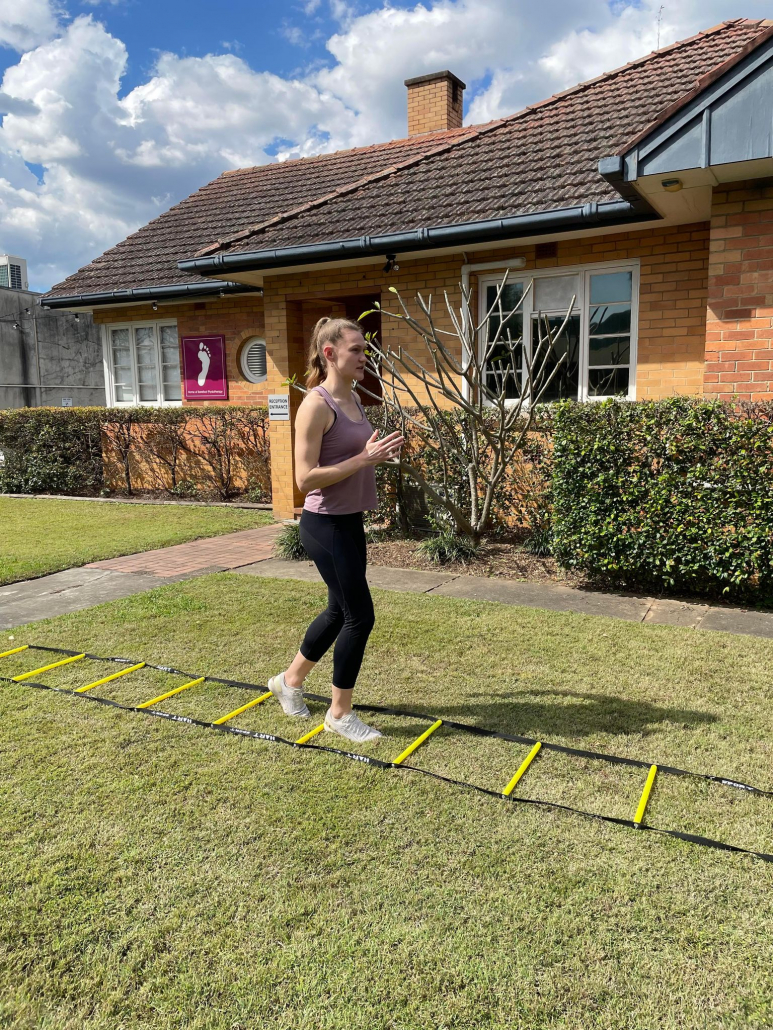
Another of our top 5 running drills is ladder or mini hurdles. A common running error is over striding. Your foot should hit the ground underneath your hips/pelvis as this allows for effective transfer of energy. Often when trying to run faster, people take longer strides which results in the foot landing in front of their body which creates a braking effect and also means muscles are used less effectively. Using either a speed ladder, mini hurdles or any kind of markers on the ground helps create a cue to keep your strides shorter. This drill is most effective when you run over 10 mini hurdles and then run without them for another 20-30m.
Straight leg run
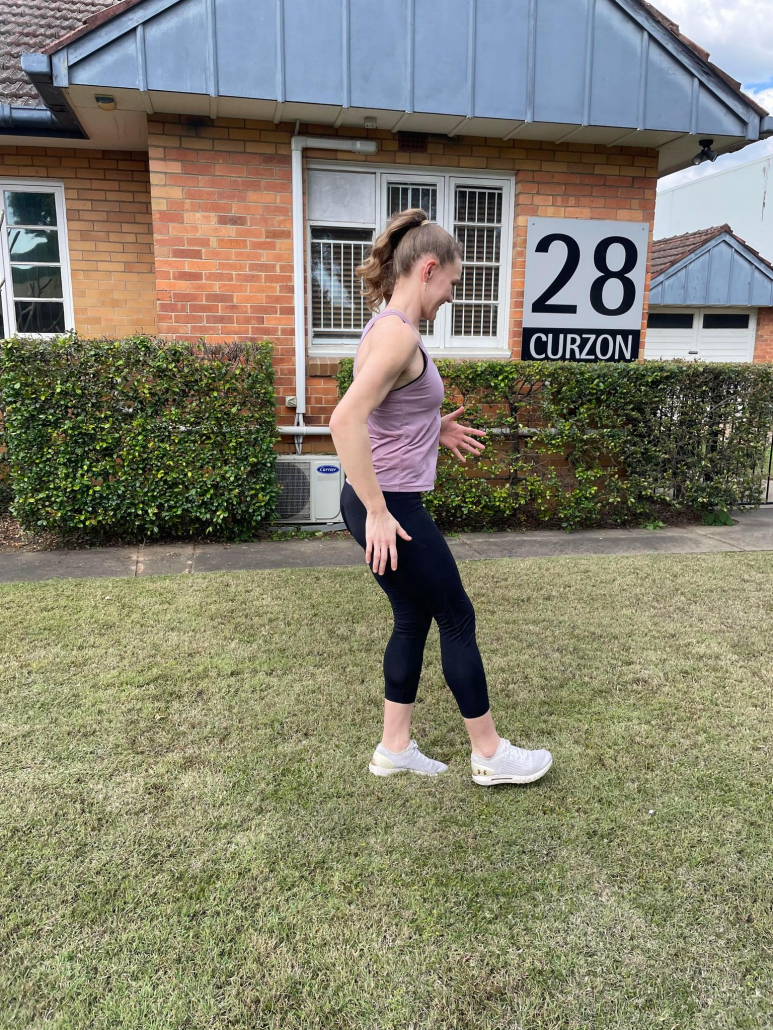
This drill integrates multiple elements of running technique. The first is that the leg movement should come from the hips. While it is often referred to as “knee drive” (because the knee is driving forwards), it is achieved by flexing at the hip. Moving at the hip is key for injury prevention as well as efficient running. It also integrates the toes up focus and the foot landing underneath your body from the above drills. The other aspect of this drill is really focusing on the glutes and hamstrings as key running muscles. Start in standing and take one leg out in front of you, keeping your toes up and your knee fully straight. Swing the leg back towards the ground and just before it hits the ground, extend the other leg out in front. As the first leg hits the ground, use the hamstring and glutes to propel you forward. Maintaining good posture and arm swing, continue alternating legs and get into a rhythm and “run” 20-30m.
Each of these drills focuses on different aspects of running technique so it’s great to do them all but even adding just one or two into your running warm up can help improve running performance. Which one are you going to try? If you want personalised guidance on which drills are best for you or how to improve your running, book in to see one of the team at Barefoot Physio.

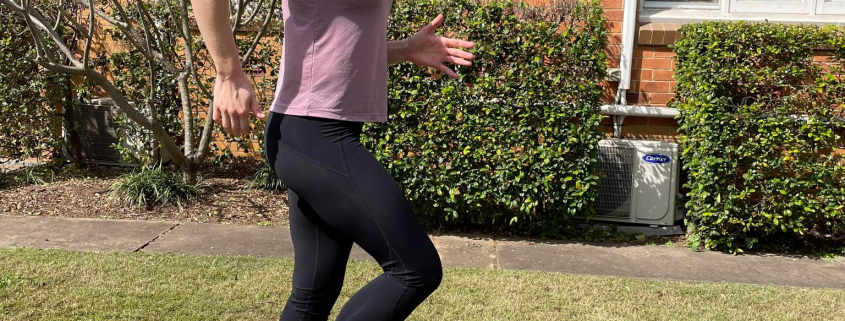






Leave a Reply
Want to join the discussion?Feel free to contribute!